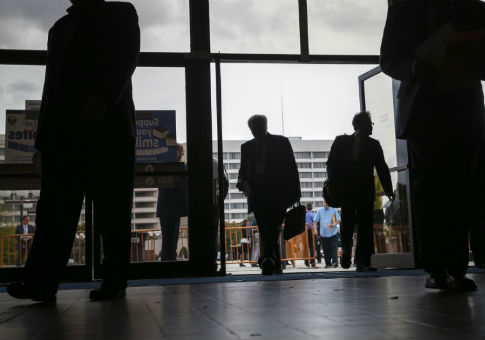WASHINGTON, Nov 23 (Reuters)–The number of Americans filing for unemployment benefits rose from a 43-year low last week, but remained below a level that is consistent with a tightening labor market.
Initial claims for state unemployment benefits increased 18,000 to a seasonally adjusted 251,000 for the week ended Nov. 19, the Labor Department said on Wednesday.
Claims for the prior week were revised to show 2,000 fewer applications filed than previously reported.
Claims have now been below 300,000, a threshold associated with a healthy labor market, for 90 straight weeks. That is the longest run since 1970, when the labor market was much smaller.
Economists polled by Reuters had forecast first-time applications for jobless benefits rising to 250,000 in the latest week. The claims report was released a day early because of the Thanksgiving holiday on Thursday.
A Labor Department analyst said there were no special factors influencing last week's data and that no states had been estimated. The four-week moving average of claims, considered a better measure of labor market trends as it irons out week-to-week volatility, fell 2,000 to 251,000 last week.
The strong labor market, viewed as being at or near full employment, and steadily rising inflation are expected to encourage the Federal Reserve to hike interest rates at its Dec. 13-14 policy meeting.
The U.S. central bank raised its benchmark overnight interest rate last December for the first time in nearly a decade.
Thursday's claims report also showed the number of people still receiving benefits after an initial week of aid rose 60,000 to 2.04 million in the week ended Nov. 12.
The four-week average of the so-called continuing claims edged up 750 to 2.02 million. The continuing claims data covered the period during which the government surveyed households for November's unemployment rate.
The four-week average of continuing claims fell 26,750 between the October and November survey periods, suggesting some improvement in the unemployment rate. The jobless rate was at 4.9 percent in October.
(Reporting By Lucia Mutikani; Editing by Andrea Ricci)
